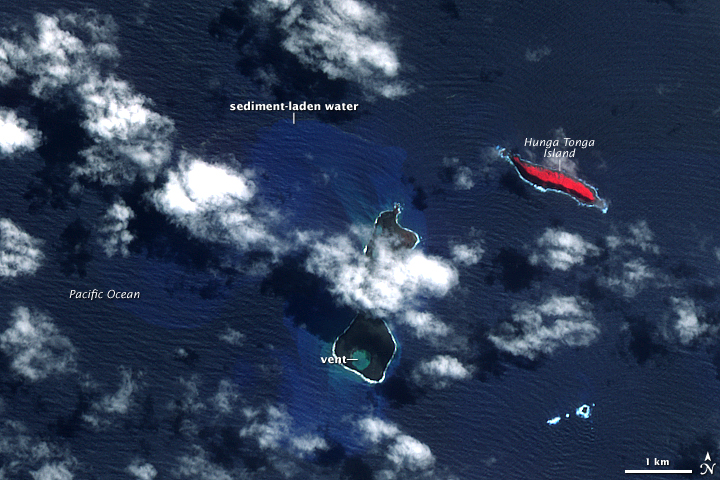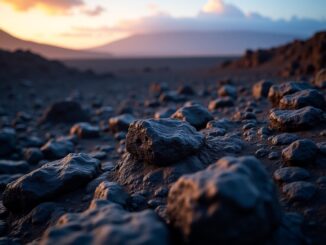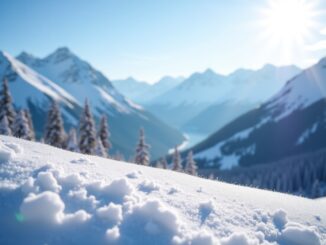
In December 2014, in the middle of the Pacific, a new island was born following a violent underwater volcanic eruption. Today, more than 5 years later, this small Pacific island is under special surveillance by NASA. According to the American Space Agency, it could help scientists discover what is happening on other planets.
Where Does the Mysterious Pacific Island Come from?
It all started in 2014. An underwater volcano in the Kingdom of Tonga, in the South Pacific, created a strong explosion sending steam, ash and rock into the air. The ash plumes reached a height of 30,000 feet.
When the ash stabilized, in January 2015, a new island appeared to scientists, with a peak of 400 feet, nestled between two older formations.
Initially, scientists believed that the newborn island, known unofficially as Hunga Tonga-Hunga Ha’apai, could survive a few months. But it is still there, which is why it became so special.
Hunga Tonga-Hunga Ha’apai is the first island of its kind to emerge from an eruption and survive for a long time. As a result, it offered scientists an unprecedented insight into its birth but above all into its evolution. Understanding these processes could provide information about similar characteristics in other parts of the solar system, especially Mars.
Understanding Volcanic Islands
Jim Garvin, scientist at NASA’s Goddard Space Flight Center in Greenbelt, Maryland, is really excited about this discovery. “Volcanic islands are some of the easiest morphologies to study”, he explained. “We want to see how much the landscape changes over time. In particular, we must compare its volume, which has only been measured a few times in other islands. It is the first step to understand erosion rates and processes and to figure out why it is resisting more than many people expected”.
Since its inception, the island has been monitored by monthly high-resolution satellite observations with both optical and radar sensors. Garvin and his colleagues directed satellites to observe the island as soon as the eruption ended. They then made three-dimensional maps of the topography and studied its coastline and volume.
The island of Tonga may help researchers to understand the volcanic characteristics on Mars, given the remarkable similarities with those on Earth. “Everything we learn about what we see on Mars is based on our experience of terrestrial phenomena,” Garvin said. “We think there were eruptions on Mars at a time when there were areas of persistent surface water”. According to NASA, it is important to analyze humid environments like these combined with the heat produced by volcanic processes. In fact, they could be great places to look for evidence of past life.




